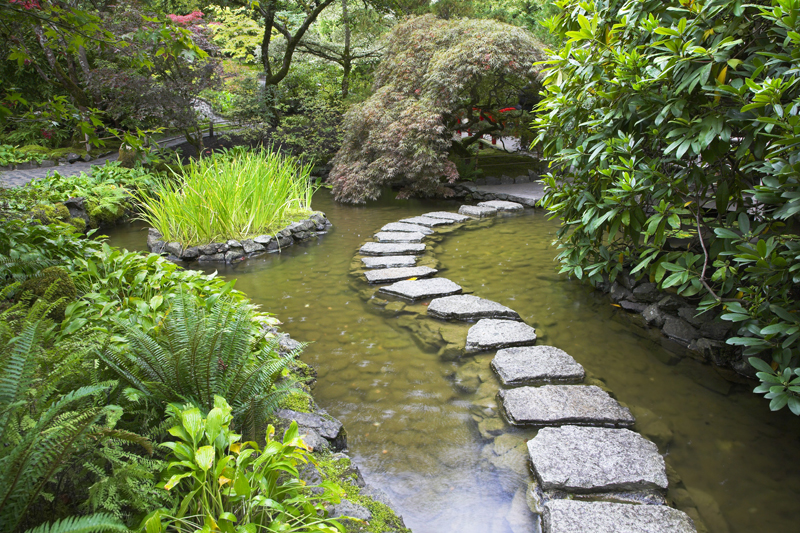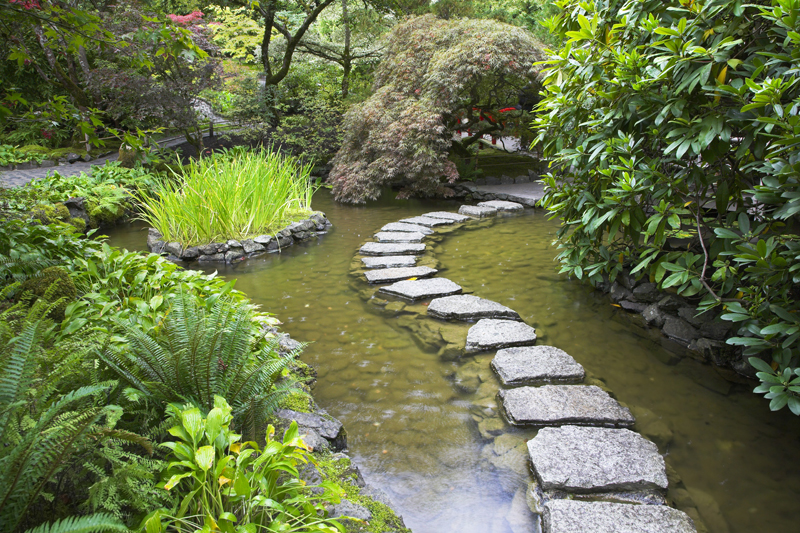Otaheite Orange and Sweet Orange

Both of the Otaheite orange and sweet orange are suitable plants for containers.
Otaheite Orange
Otaheite orange is also known as Tahiti orange. This miniature citrus is naturally dwarf. It only grows to two or three feet in height.
This is an ideal container plant. It is a lovely shrubby species with thorns. The plant is often sold by florists as a gift plant.
Despite the fact that it is sometimes known as Tahiti orange, the plant is not native to Tahiti. It is hybrid of lemon and the mandarin orange.
This plant is well suited to window gardens, conservatories, and greenhouses. The plant is almost as hardy as a lemon. Regardless of the fact it is known as an orange, it in fact is not a true orange.
Otaheite orange begins bearing fruit at a very young age. The blooms are tinged with pink or purple on the outside while the inside is white.
The oblong, winged leaves are two to 3 ½ inches long. The leaf stalk is narrow winged and lengthy.
The orange-red to dark yellow fruits are shaped like a lemon, and are 1 ½ inches in length. These ripen to a vivid orange. The plant is especially fruitful and is simply covered h miniature fruits.
These small round fruits are two inches in diameter and have a tough skin. Because the fruits have little flavor, they usually aren’t eaten. However, they have tremendous ornamental value.
Sweet Oranges
Young plants of sweet orange make good house plants. They usually remain small enough to grow in pots or other containers for at least seven years or longer.
Sweet orange plants are very beautiful and add interest to a room even if gardeners can’t expect to harvest lots of fruits from them. Generally, it can take a decade or longer for a sweet orange plant to begin bearing flowers and fruits.
Gardeners can expect the plant to perhaps grow to four feet in height after a period of many years in a ten to twelve inch pot.
The young plants make great house plants. The lovely, glossy foliage is up to four inches long.
Sweet orange has stout stems that can feature long, sharp thorns, especially if the plant is grown from seeds. The white blooms can be single or in clusters. These are generally scented and about an inch across.
The vivid orange fruits are borne singly, and are 2 ¾ to three inches in
diameter. The skin is smooth.
The fruits generally ripen to yellow or orange, but can also be yellow-green.
The sweet orange plant can have flowers and fruits at the same time. The very showy blossoms contain five blunt petals. The flower stems are short.
These can appear pretty much year-round, but flowering is most common from late spring into summer. The ripe fruits can last for several months on the plant.
If the sweet orange plant is grown outdoors, be sure to get the recommended type for your growing area. There is one type that is best for the Southeast, and another type for the Southwest. The exception is the Valencia orange, which is suitable for both regions.
If possible, select a small, compact sweet orange plant for pots.
Otaheite Orange
Otaheite orange is also known as Tahiti orange. This miniature citrus is naturally dwarf. It only grows to two or three feet in height.
This is an ideal container plant. It is a lovely shrubby species with thorns. The plant is often sold by florists as a gift plant.
Despite the fact that it is sometimes known as Tahiti orange, the plant is not native to Tahiti. It is hybrid of lemon and the mandarin orange.
This plant is well suited to window gardens, conservatories, and greenhouses. The plant is almost as hardy as a lemon. Regardless of the fact it is known as an orange, it in fact is not a true orange.
Otaheite orange begins bearing fruit at a very young age. The blooms are tinged with pink or purple on the outside while the inside is white.
The oblong, winged leaves are two to 3 ½ inches long. The leaf stalk is narrow winged and lengthy.
The orange-red to dark yellow fruits are shaped like a lemon, and are 1 ½ inches in length. These ripen to a vivid orange. The plant is especially fruitful and is simply covered h miniature fruits.
These small round fruits are two inches in diameter and have a tough skin. Because the fruits have little flavor, they usually aren’t eaten. However, they have tremendous ornamental value.
Sweet Oranges
Young plants of sweet orange make good house plants. They usually remain small enough to grow in pots or other containers for at least seven years or longer.
Sweet orange plants are very beautiful and add interest to a room even if gardeners can’t expect to harvest lots of fruits from them. Generally, it can take a decade or longer for a sweet orange plant to begin bearing flowers and fruits.
Gardeners can expect the plant to perhaps grow to four feet in height after a period of many years in a ten to twelve inch pot.
The young plants make great house plants. The lovely, glossy foliage is up to four inches long.
Sweet orange has stout stems that can feature long, sharp thorns, especially if the plant is grown from seeds. The white blooms can be single or in clusters. These are generally scented and about an inch across.
The vivid orange fruits are borne singly, and are 2 ¾ to three inches in
diameter. The skin is smooth.
The fruits generally ripen to yellow or orange, but can also be yellow-green.
The sweet orange plant can have flowers and fruits at the same time. The very showy blossoms contain five blunt petals. The flower stems are short.
These can appear pretty much year-round, but flowering is most common from late spring into summer. The ripe fruits can last for several months on the plant.
If the sweet orange plant is grown outdoors, be sure to get the recommended type for your growing area. There is one type that is best for the Southeast, and another type for the Southwest. The exception is the Valencia orange, which is suitable for both regions.
If possible, select a small, compact sweet orange plant for pots.

Related Articles
Editor's Picks Articles
Top Ten Articles
Previous Features
Site Map
Content copyright © 2023 by Connie Krochmal. All rights reserved.
This content was written by Connie Krochmal. If you wish to use this content in any manner, you need written permission. Contact Connie Krochmal for details.



